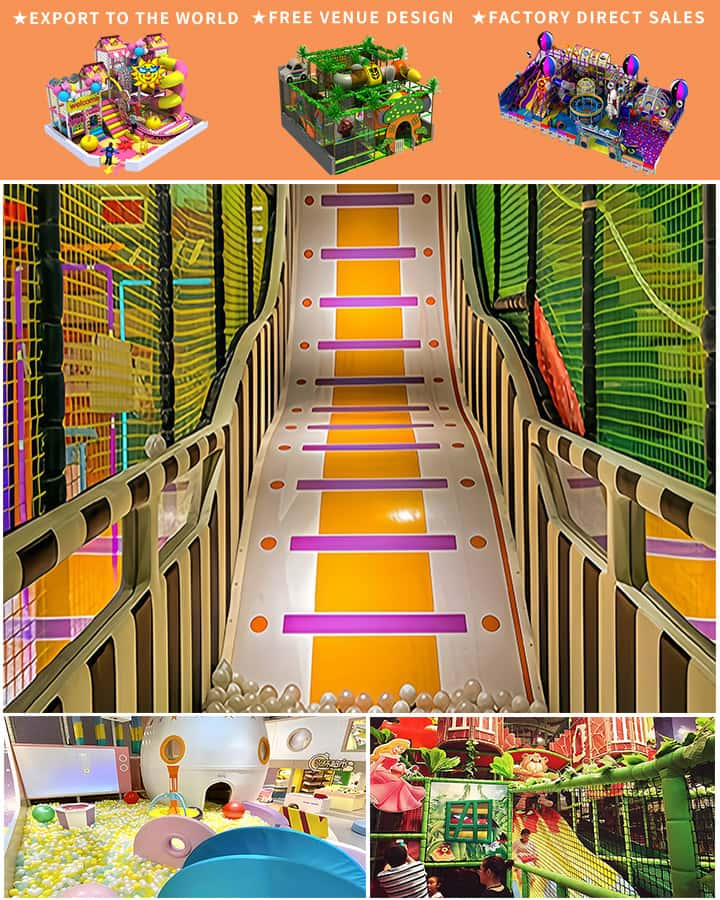In the realm of recreational spaces for children and even adults, the safety and comfort of playgrounds are paramount. Over the years, soft rubber playground surfaces have increasingly become the go-to choice for schools, parks, and residential areas. These surfaces offer numerous benefits that make them an essential component of modern play areas. This article delves into the advantages of using soft rubber as a playground surface and why it stands out among other materials.
Unmatched Safety
One of the primary reasons soft rubber is favored for playground surfaces is its exceptional safety features. Traditional surfaces like concrete or asphalt can be hard and unforgiving, leading to severe injuries during falls. In contrast, soft rubber provides a cushiony impact absorbent layer that significantly reduces the risk of injury. The material is designed to minimize the force of impacts, ensuring that even if a fall occurs, the likelihood of serious harm is greatly diminished.
Durability and Longevity
Soft rubber playground surfaces are not only safe but also highly durable. Engineered to withstand heavy use, these surfaces can endure the wear and tear of daily activities without losing their cushioning properties. They are resilient against harsh weather conditions, including intense sun exposure, rain, and temperature fluctuations, making them a long-term investment for any playground.

Low Maintenance
Maintenance is another critical factor where soft rubber excels. Unlike natural grass or sand, which require constant upkeep, rubber surfaces are relatively low maintenance. They do not need regular mowing, watering, or pest control. Cleaning the surface is usually as simple as sweeping away debris or using a leaf blower. In case of spills, the surface can be easily washed with soap and water, ensuring it remains hygienic and inviting for users.
Versatility in Design
Soft rubber surfaces offer remarkable versatility in design, allowing playground planners to create vibrant and engaging environments. The rubber can be manufactured in various colors and can even be installed in custom shapes and designs. This flexibility enables the creation of colorful, stimulating play areas that enhance the aesthetic appeal and functionality of the playground. Whether it’s a whimsical pattern, educational symbols, or bright colors, these elements can contribute to an enriching play experience.
Environmental Considerations
In today’s eco-conscious world, the environmental impact of materials used in construction is a significant consideration. Soft rubber playground surfaces often incorporate recycled materials, such as reclaimed tires, which divert waste from landfills and give it a new life. This not only reduces environmental pollution but also promotes sustainability. Additionally, many rubber surfaces are free from harmful chemicals typically found in synthetic materials, ensuring they are safe for both users and the environment.
Accessibility and Inclusiveness
Modern playgrounds strive to be inclusive, catering to children of all abilities. Soft rubber surfaces support this goal by providing a safe and accessible playing field for everyone. Their smooth texture and elasticity make it easier for children with mobility issues or those who use wheelchairs to navigate the playground. This inclusivity fosters a sense of community and ensures that all children can enjoy their playtime equally.
Conclusion
In conclusion, soft rubber playground surfaces represent a smart choice for contemporary playground design. They offer unparalleled safety, durability, and low maintenance, combined with aesthetic versatility and environmental benefits. By opting for soft rubber, communities can create safer, more enjoyable, and sustainable play environments for future generations. Investing in such high-quality surfaces is a testament to prioritizing the well-being and happiness of all playground users.




